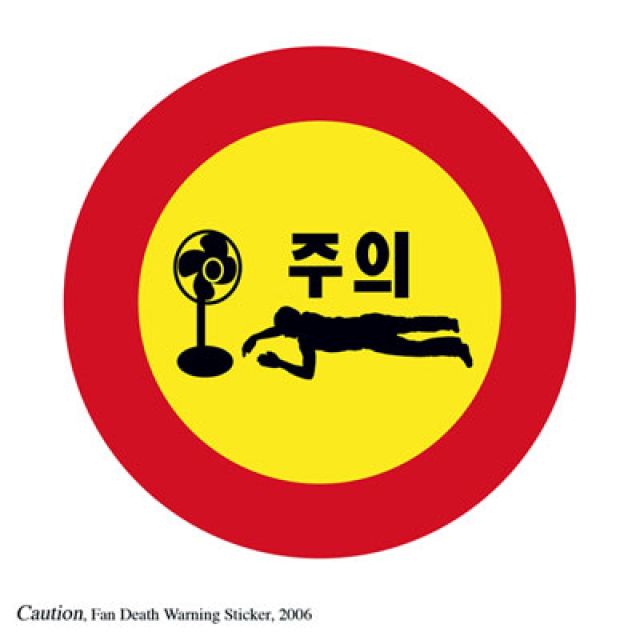
The NSW department of planning released a set of new guidelines for wind farm developments in December last year. The department is seeking submissions from the public commenting on the new guidelines until March 14.
The new guidelines include the most stringent noise regulation in the world, with turbine noise not allowed to exceed 35 decibels. The limit is 50 decibels or more in much of Europe, and 40 decibels elsewhere in Australia.
The guidelines also empower anyone within two kilometres of a proposed wind farm to halt the development and have it sent to a review board if they object to the proposal.
Wind farm supporters and groups acting against climate change have been very critical of these provisions, which create planning standards for wind which are unlike those for any other industry or development.
However, a far more worrying omission from the guidelines has been revealed in one satirical submission, received anonymously — perhaps for fear of retribution by the household appliance industry. “Fan Death” is the name of this new health danger.
The submission notes the guidelines state they “adopt a precautionary approach for the consideration of health issues”. State planning minister Brad Hazzard also told the Sydney Morning Herald on January 24: “The jury is still out on the health impacts from wind farms. When it comes to people’s health I’ll take a precautionary approach every time.”
The submission then proceeds to unveil the even greater, hitherto unheard of, threat.
It says: “Given that a complete absence of scientific evidence regarding the negative health impacts of wind turbines is sufficient reason to create a two kilometre setback for wind turbine generators from human residences,” we need to also take into account a serious new phenomenon, “Fan Death”.
This phenomenon “is reported predominantly in South Korea, involving electric fans being left on overnight, chopping up the oxygen molecules in the room, and causing asphyxiation to those in the bedroom”.
While “critics have stated that there is no possible physiological mechanism through which an electric fan could suffocate humans, and that there is no published scientific evidence of a causal link between fans and suffocation” and Fan Death “does not occur throughout the rest of the world, where electric fans are used regularly”, the submission invokes the precautionary principle in its recommendation.
“As you well know, absence of evidence is not evidence of absence, and therefore the jury is still out on the health impacts from electric fans … Thus, I propose a two kilometre setback for the installation and operation of electric fans.”
This and other submissions are now on exhibition, along with the new guidelines, on the NSW Planning department’s website.
NSW residents and groups who are concerned about the future of renewable energy are encouraged to make a submission, however brief, on any potential flaws in the guidelines.
Friends of the Earth has prepared a set list of points that deserve attention in any such critique, which is available from its yes2renewables.org website.
[Ben Courtice is a renewable energy campaigner with Friends of the Earth.]
